Arghya Ganguly
For the last 15 years, Rana Ganguly has been driving his Maruti car eight kilometres from his house in the suburbs to his office in downtown Mumbai.
The days when he made it in 40 minutes he thought he was lucky. In the last few days, he has been reaching office in 20 minutes flat.
Like most drivers in the city, he had stopped dreaming of shorter commutes a long time ago.
He is surprised, like many others, at the traffic signals on the way which seem to stay green longer.
He wonders, "Is it some kind of synchronised signalling or is it just my good luck?"
Click on NEXT for more...
How Mumbai is solving its traffic woes
With the city 'shrinking' in size and the battle for space on its roads getting worse with each passing day, the Mumbai Police, in alliance with the World Bank and others, has introduced a sophisticated signalling network to ease traffic snarls, especially those during peak hours in the morning and evening.
By all accounts, it is the first time such a system has been tried out in the country.
The results are already there to see.
It has been only a few months since the Area Traffic Control (ATC), a computer system for centrally coordinating traffic signal timings over a wide area of the city, was introduced, but there is evidence of reduced congestion on the roads.
Click on NEXT for more...
How Mumbai is solving its traffic woes
Earlier, the average waiting time at a traffic signal was 180 seconds, or three minutes; it's now down a third to 120 seconds, or two minutes.
Speeds, on an average, are up 10 per cent. The two are sure to have resulted in lower fuel consumption.
Also in evidence is less road rage and fewer drivers calling each other names!
ATC is one of the three components of the World Bank-supported Mumbai Urban Transport Project.
The other two components are augmented rail capacity and the resettlement and rehabilitation of nearly 100,000 people in the city.
Click on NEXT for more...
How Mumbai is solving its traffic woes
Image: The World bank headquarters in Washington DC.World Bank has spent close to Rs 72 crore (Rs 720 million) on ATC.
Although over 300 cities across the world, including in Spain, Australia and UK, have the ATC system, Atul Agarwal, transport specialist and task team leader of World Bank, is not sure whether the Bank has undertaken similar projects in other countries.
"We supported this project because it gave us the opportunity to take a holistic approach," he says.
"It's one of the most complex urban projects the World Bank has undertaken."
Other agencies involved in the project, apart from the World Bank and Mumbai Police, are Mumbai Metropolitan Region Development Authority (the nodal agency), Municipal Corporation of Greater Mumbai (project employer), Pell Frischmann of London (engineering consultant) and the joint venture of Telvent (Spain) and CMS Computers in India (contractors).
Click on NEXT for more...
How Mumbai is solving its traffic woes
Image: A residential area in Mumbai.Photographs: Courtesy: Wikimedia Commons.
At the city's police headquarters in Worli, at any given time a group of about 10 policemen (who work around the clock in two shifts of 12 hours each) can be seen engrossed in the live images being relayed from traffic junctions on a large video wall, while a geographic information system renders congestion levels onto a map veined with red, amber and green.
Traffic policemen sitting at the screen consoles monitor about 256 signal junctions at a time through more than 600 high-technology zoom cameras.
These cameras detect traffic intensity and feed the data into computers.
This allows for real-time adjustments to traffic signals that are synchronised to help commuters catch green lights all through and maintain an efficient flow of traffic.
Click on NEXT for more...
How Mumbai is solving its traffic woes
Trouble spots can also be tackled directly from the control room.
Vehicles that have broken down, accidents and potential security risks can be dealt with quickly.
In such cases the control room asks the beat policeman to go the site.
Apart from cameras, sensors have been fitted beneath the road surface, or alongside the camera on the signal post.
This ensures that if traffic stops flowing before the signal turns from green to amber, the light automatically trips.
This is known as 'intelligent signalling'.
Click on NEXT for more...
How Mumbai is solving its traffic woes
Image: Mantralaya.Such real-time adjustments in traffic flow are a boon for a city which is bursting at its seams.
"Earlier, the handling of signals was done at the local level," says Mumbai Police Joint Commissioner (traffic) Vivek Phansalkar.
"Now, all 256 junctions can be controlled from a central place. Mumbai has, essentially, linear corridors, not radials - north-south corridors, and east-west connectors like Sayani Marg cut across them - so it becomes very difficult to manage traffic in a rectangular grid.
But managing the north-south corridor - the longest corridor would be the Eastern Express Highway which merges into Ambedkar Road and stretches to Mantralaya and Regal junction - has improved significantly because of the signal management, coordination and control brought about by ATC."
Click on NEXT for more...
How Mumbai is solving its traffic woes
Technology can only help to a point. Ultimately, the solution is within the citizens' domain.
"If you realise that the city in which we live is not able to give the required space then you must contribute towards its better management with a bit of sacrifice," says Phansalkar.
A simple solution to the problem of limited road space is car pools. But the people of Mumbai have not adopted this system despite repeated exhortations from the police and the state government.
Phansalkar has, therefore, come up with the idea of time multiplexing, a standard solution for cities cramped for space.
"We need to stagger office timings. South Mumbai, central Mumbai and the suburbs can have different office timings, which will help the traffic (load) in this corridor get staggered."
Click on NEXT for more...
How Mumbai is solving its traffic woes
Right now, all vehicles start at almost the same time, heading in the same direction: southward.
The corridor is still crammed, but the cars have started to move faster.
One taxi driver is still unimpressed.
"The traffic has reduced because there are fewer taxis on the road," he says.
"A couple of years ago, the government asked the taxi drivers who had cars more than 20 years old to purchase new cars. Most of them simply sold their old ones and returned to their village."
His taxi is a Fiat now in its 20th year, and he has not yet decided whether, when he sells it, he will buy a new one to take its place as a taxi.


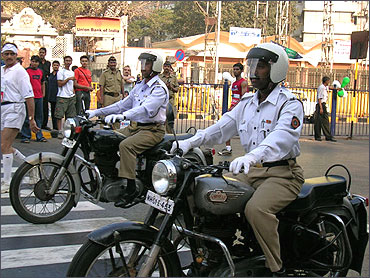

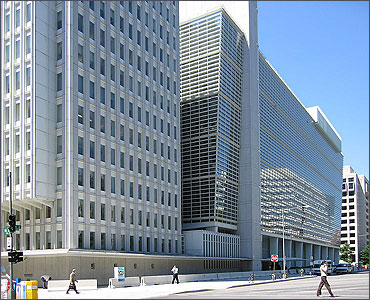
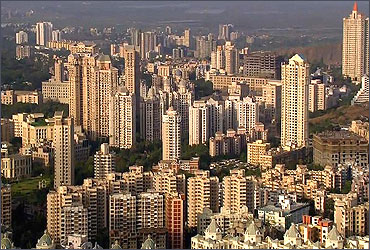
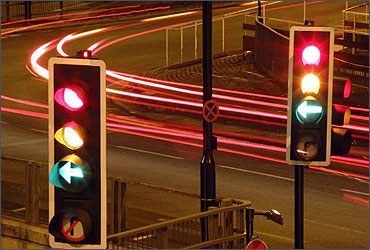
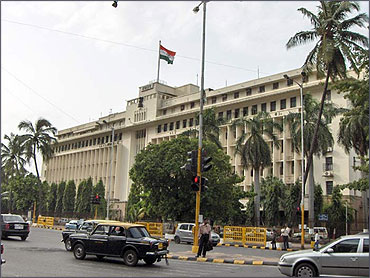
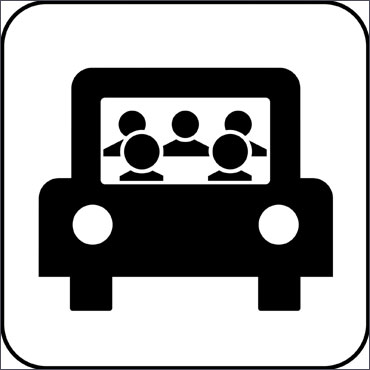
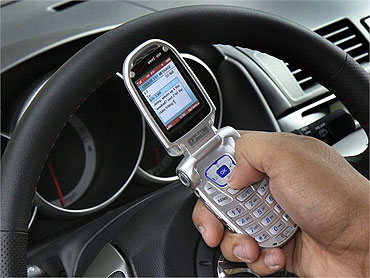

article